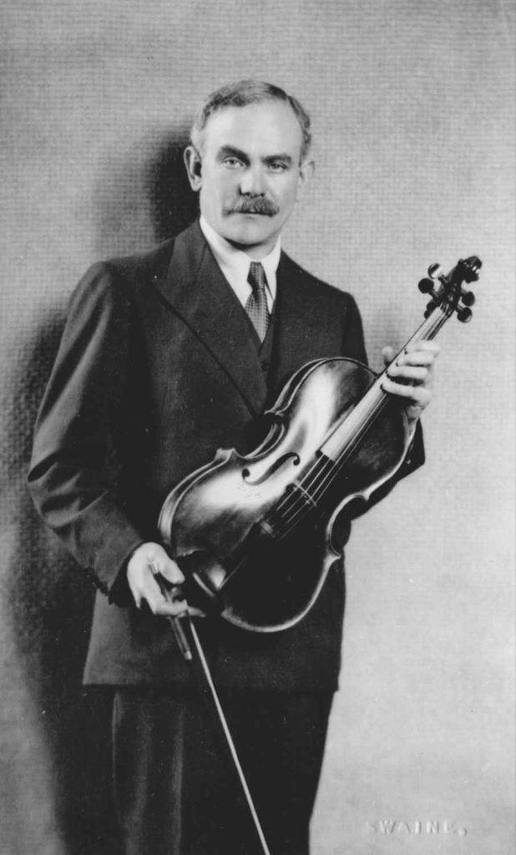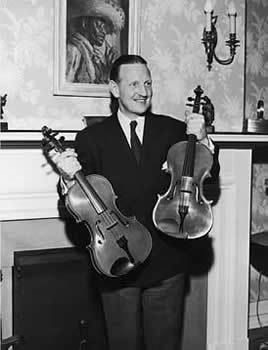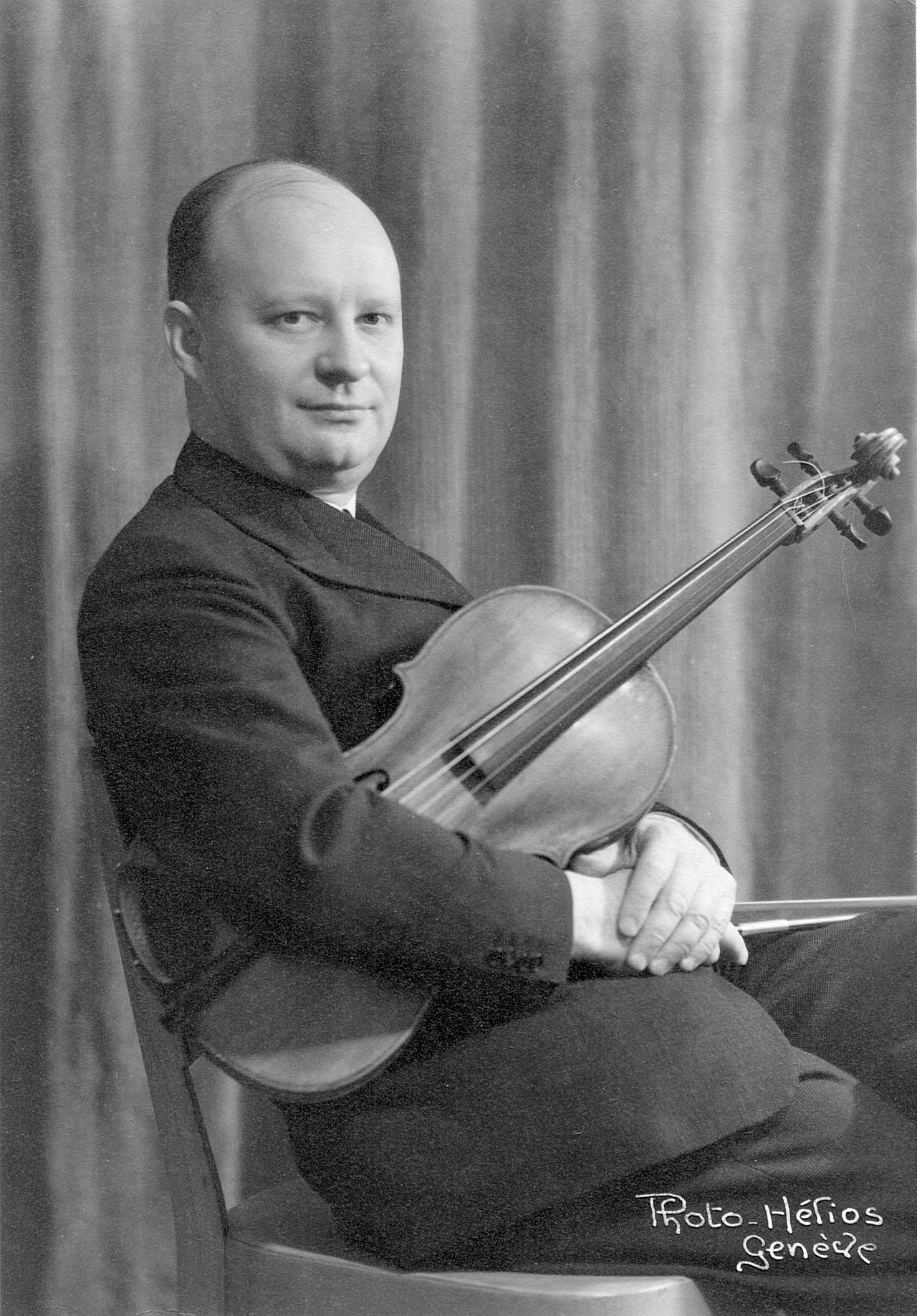
This blog post is written in honor of David and Robin Maupin who have graciously endowed our principal viola chair as the Robin and David Maupin Endowed Viola Chair.
—
It’s often said that the viola is the “middle child” of the string family—slightly larger than the violin, lower in range, and traditionally more reserved in orchestral roles. But that modest reputation doesn’t do justice to this beautifully rich and expressive instrument. With a velvety tone and a growing body of repertoire, the viola is finally getting the spotlight it deserves.
From its Renaissance roots to its rise in modern music, the story of the viola is full of fascinating twists, unsung champions, and exquisite music. Whether you're a curious listener or a devoted violist, here’s a deep dive into the instrument’s unique history and evolving role in the classical world.
The viola emerged during the early Renaissance period in the 16th century, alongside the violin and cello, as part of the violin family (distinct from the earlier viols, or viola da gamba instruments).

Unlike violins, which often played melodies, the viola typically supported harmonies and inner voices—roles that were essential but less glamorous, contributing to the instrument’s understated legacy.
These traits make the viola uniquely suited for expressive solos, rich harmonic textures, and poignant inner lines in both chamber and orchestral music.
Though the viola had limited solo roles in the Baroque and Classical periods, composers gradually began to explore its lyrical potential. Today, there’s a vibrant and diverse repertoire for the instrument across all genres.
While the viola often sat in the background, certain performers and composer-violists helped bring it to the foreground.
Considered the first great modern viola soloist. He commissioned and inspired new works, including Walton’s concerto, and revolutionized how the instrument was perceived in concert life.

A virtuoso with flawless technique and expressive depth, Primrose helped elevate the viola to solo status and premiered many key 20th-century works.

A major composer and performer, Hindemith’s intimate knowledge of the instrument informed his viola works and performances.

One of the greatest contemporary violists, Bashmet’s interpretations and recordings have drawn new attention to the instrument worldwide.

In the symphony orchestra, the viola plays a crucial but often underappreciated role:
In chamber music, the viola is indispensable. It provides warmth and richness in string quartets, quintets, and beyond—serving as the emotional glue between instruments.
Today, the viola is enjoying a renaissance. Composers are writing new works specifically for the instrument, violists are stepping into solo spotlights, and orchestras are embracing the viola’s lush, expressive voice.
Whether you’re hearing it anchor a Mahler symphony or sing out in a Brahms sonata, the viola invites you into a world of deep feeling and rich color. It may not always claim the spotlight, but once you notice it—you won’t forget it.